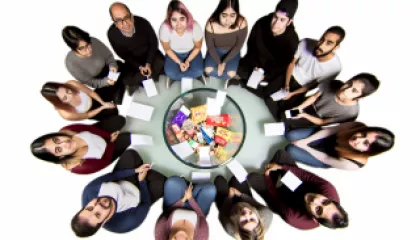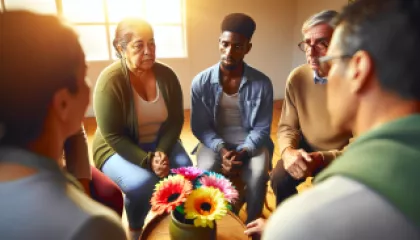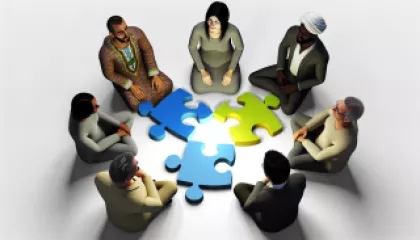U srcu svakog od nas leži neispričana priča, a ja sam ovde da vam pomognem da je ispričate. Ja sam Đorđe Suljić, vaš saputnik na putu prema unutrašnjem miru i spoznaji, specijalizovan za prakse dnevne zahvalnosti koje mogu transformisati vaš pogled na svet oko vas.
Već dvadeset godina, moj rad oblikuje se oko jedinstvenog uverenja da je umetnost razgovora ključ za otključavanje dubokih emocija i neotkrivenih misli. Vjerujem da svaki čovjek nosi u sebi neiscrpnu riznicu kreativnosti koja čeka da bude otkrivena, a moj zadatak je da vas vodim kroz taj magični proces.
Kreativnost u terapiji za mene nije samo alatka; to je esencija koja omogućava da se izraze najdelikatnije emocije i misli. Kroz tehniku dnevne zahvalnosti, moji klijenti i ja zajedno kreiramo prostor u kojem se sloboda izražavanja smatra svetinjom, omogućavajući stvaranje duboke veze sa samim sobom i svetom oko nas.
Ne postoji veći osjećaj zadovoljstva za mene od trenutka kada klijent otkrije moć zahvalnosti u svojoj svakodnevnici. To je trenutak kad se obično pretvara u izuzetno, a svakodnevica dobija novo, svetlije značenje. Moj pristup je dinamičan, interaktivan i, iznad svega, usmjeren na vas - moj cilj je da vam pomognem da pronađete svoj glas i naučite kako da ga koristite da iscrtate mapu svog unutrašnjeg pejzaža.
Zajedno, možemo istražiti kako mala dnevna zahvalnost može donijeti velike promjene u vašem životu. Ako ste spremni da otkrijete kako obične stvari mogu postati izvor neiscrpne radosti i zadovoljstva, pozivam vas da stupite u kontakt. Otkrijmo zajedno, kako bi svakodnevica mogla biti ispunjena bojama zahvalnosti koje će obasjati put ka dubokoj ličnoj transformaciji.









